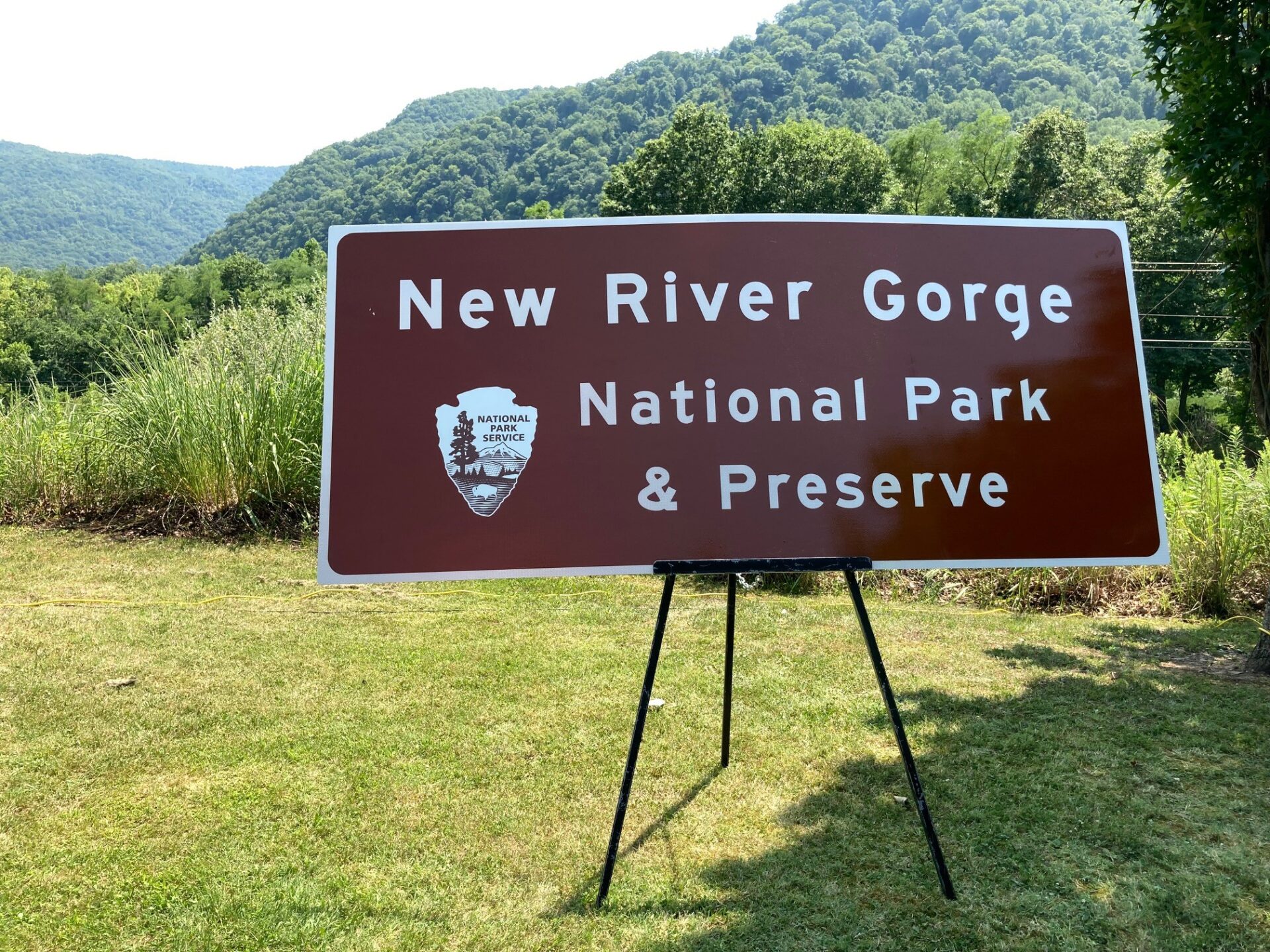The New River Gorge National Park and Preserve saw a record number of visitors in 2023.
The New River Gorge drew 1.7 million visitors last year, breaking the previous record set in 2021.
The park is one of the newest in the National Park System. It was added in 2020.
The peak months at the Gorge are June, July and August, with more than 200,000 visitors each month. Park attendance dips below 100,000 in the winter months.
With 325 million visitors last year, park attendance nationwide was higher than any year since 2020 but still not more than 2019’s 327 million.
The Harpers Ferry National Historical Park also set a record for recent years with 427,000 visitors, up from 300,000 in 2019.
The Gauley River National Recreation Area also saw a record 187,000 visitors last year, up from 119,000 in 2019.
Portions of the Chesapeake & Ohio Canal National Historical Park are in West Virginia. The park drew nearly 4.5 million visitors last year. In 2021, nearly 5 million people visited the park.
